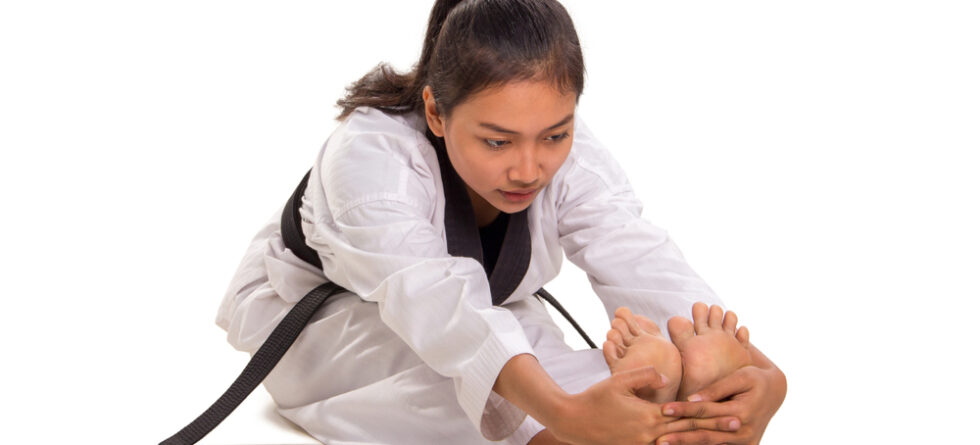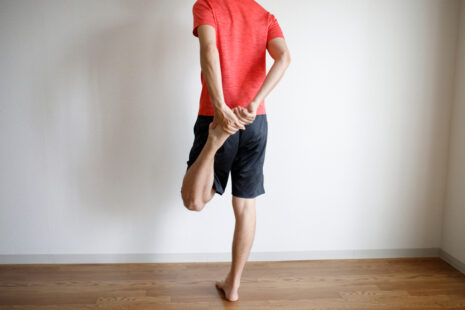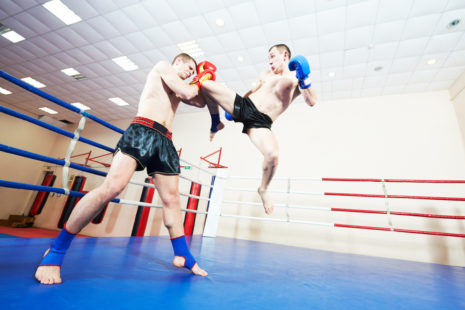Brazilian Jiu-Jitsu (BJJ) is often considered one of the safer combat sports compared to striking-based martial arts such as boxing, kickboxing, or mixed martial arts (MMA).
Several factors contribute to BJJ’s reputation for safety…
- Limited Striking – Unlike striking-based combat sports, BJJ primarily focuses on grappling techniques, submissions, and ground fighting, with minimal emphasis on striking. The absence of punches, kicks, and other strikes reduces the risk of head trauma, concussions, and other traumatic injuries commonly associated with striking sports.
- Controlled Training Environment – BJJ training typically takes place in a controlled environment, such as a dojo or training academy, where practitioners can train under the supervision of experienced instructors. Training sessions often involve controlled sparring (rolling) with training partners of similar skill levels, allowing practitioners to practice techniques safely and gradually increase intensity as they progress.
- Emphasis on Technique and Control – BJJ places a strong emphasis on technique, leverage, and positional control, rather than relying solely on brute force or athleticism. Practitioners learn how to use leverage, angles, and body mechanics to overcome larger and stronger opponents, minimizing the risk of injury to themselves and their training partners.
- Tap-Out System – BJJ utilizes a tap-out system, where practitioners can submit (tap out) to indicate they are in a compromised position or are experiencing pain or discomfort. This allows practitioners to train at high intensity without risking injury, as they can signal when they are caught in a submission hold or are unable to defend themselves effectively.
- Progressive Training Approach – BJJ typically follows a progressive training approach, where practitioners start with basic techniques and gradually advance to more complex and advanced maneuvers as they gain experience and proficiency. This allows practitioners to build a strong foundation of skills and techniques while minimizing the risk of injury due to improper or reckless training methods.
While BJJ is generally considered safer than many other combat sports, it is not entirely without risk. Injuries can still occur during training or competition, including joint sprains, strains, and soft tissue injuries. The physical nature of grappling and ground fighting can lead to accidental bumps, bruises, and minor injuries.
To minimize the risk of injury in BJJ, practitioners should prioritize safety, proper technique, and controlled training methods. It’s essential to listen to your body, train at a pace that is appropriate for your skill level and physical condition, and communicate openly with training partners and instructors about any concerns or limitations. Wearing appropriate protective gear such as mouthguards, rash guards, and knee pads can help reduce the risk of injury during training and competition.



